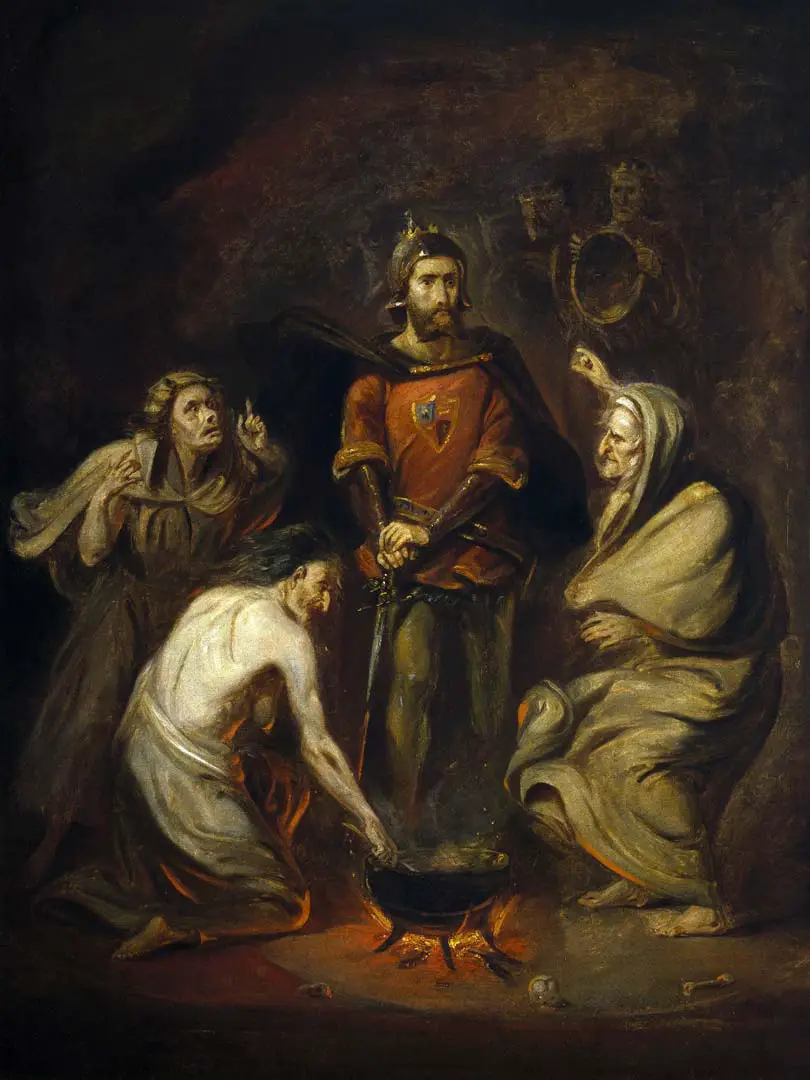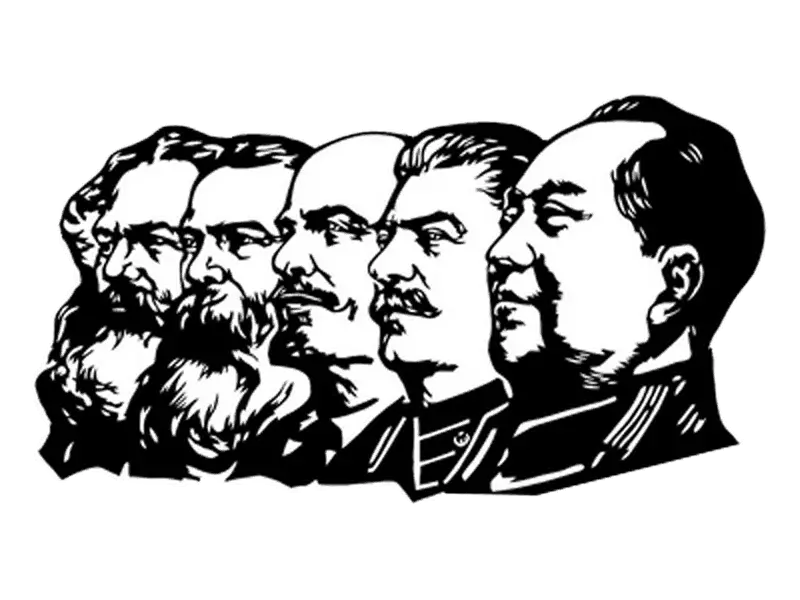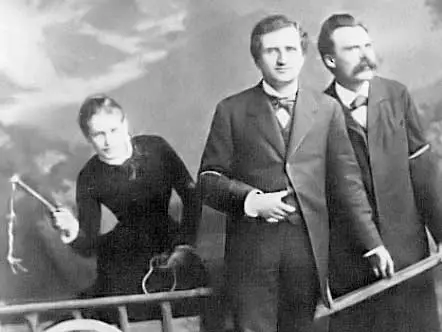Michelangelo’s ‘Creation of Adam’ paradox


Michelangelo’s ‘Creation of Adam’ paradox (get the 3 piece print from Amazon)
One of the most famous art works in the West, and perhaps even across the world, Michelangelo’s Creation of Adam is an enigma in more than one way. There have been numerous theories on the nature of the art-piece, its position on the ceiling (of the Sistine Chapel), its meaning, and generally its alarming imposition on us as human beings. Enigma that it is in a spiritual/religious sense, it is also paradoxical in the sense of its title – Creation of Adam, the first man, coincides with the creation of all the other personages around god.
Michelangelo’s fresco got a lot of attention due to the dynamism depicting the image of god. Though seemingly in one place, he also seems to be moving towards Adam – who surprisingly sits quite laid back. We can see this particularly in the moving of god’s hair and beard. Unlike most depictions of gods prior to this period, god is also scarcely clad, showing us a sense of approachability – prior to this period, god(s) were usually depicting in fine garments, resembling some kind of royalty.
There is little to say about Adam – except for his somewhat small sized reproductive organ [sidenote: organ doesn’t seem to be the right word here, though it is].
When we focus on the side of god, however, we find a lot of interesting theories. The traditional theory about the people around god have been that they are angels. The Sistine Chapel does not depict angels with wings anywhere, so this is quite possible.
Somewhat later, people theorised of the lady to be Eve, though this would contradict some parts of the Bible [sidenote 2: Bible literally means book in Greek, a bit pretentious to call something the book for so long]; and more importantly, it would contradict the fresco Creation of Eve that is painted on the same ceiling right next to this one. Needless to say, that theory does not seem very convincing.
Another traditional view is that god is hugging Virgin Mary, and that his finger is in fact touching Jesus. If that is the case, who are all the other ‘people’ in the background? Are we to expect Jesus’ siblings on earth at some point, or perhaps we already missed them and they didn’t have an impact that their older brother did?
The brain and uterus theories
So far for the established views. More modern theorists have posited that what we in fact see is not just some red drape around god, but a human brain. Frank Lynn Meshberger points out that this red drape anatomically, and almost completely, coincides with a human brain. And he is an MD, so he must know! Joking aside, Meshberger is rather convincing in his view that the red drape overlaps with the human brain.
Another modern theory comes from an art historian Adrian Stokes – not an MD sadly, but still an established art critic. In his view, the red drape depicts a uterus from which we are born, where the greenish lint is to be seen as an umbilical cord. The whole certainly looks like the placenta, for whoever has seen it laid out after birth of their children.1
Convincing as these views may be, they still do not tell us much about the figures behind God. Who are they? What can we say about them? Creation of Adam remains an enigma – a paradox of creation. If god created Adam first, then those around him cannot be human. The only possible solution I can find, which is for obvious reasons not a serious one, is the view held by proponents of ancient astronaut hypothesis [sidenote 3: why not theory?], which resembles creationism, and intelligent design too closely to be taken seriously. Then again, this is a religious work of art. Nevertheless, the question remains: who are these people?
On a final note, God’s finger that touches Jesus is crooked; if we really want to stretch it, there could be a conspiracy theory in there somewhere.
Woohoo, 3 sidenotes in one post!
Sign up for Paradox of the Day mailing list and please visit our Patreon support page.









The figures in the uterus are the men and women yet to be born. Eve, Cain, Abel, and so on. It’s visual poetry. If you want to suggest there are more people coming after Adam, your wisest move is to put a womb around them to make the message clear. Unfortunately, the result is less clear than Mich hoped.
The “brain” interpretation has some seemingly universal implications. From the perspective of someone like psychologist Dr. Carl Jung, the figures in the floating brain are archetypes, or “characters”, of human consciousness/personality. They symbolize the genesis of conscious human awareness/personality, which are unique psychological traits that make us different from other animals on the planet. The moment encapsulated in the painting symbolizes man becoming self-aware through contact with the unconscious mind.
Additionally, this portion of Michelangelo’s Sistine Chapel painting is called “Adam’s Creation”. Adam obviously represents the “first man” (as he does in the creation myth of the Bible, too), and the flying old man in the painting reaching out to him clearly represents “God”. Therefore, the painting might be viewed as “God creating Man”… but if you consider that human beings “transformed”, or evolved, from an otherwise unconscious and unaware animal (as the creation myth states), then the painting can simultaneously represent “Man creating God”; the collective unconscious psyche of mankind “emerging” from the brain into a grounded conscious reality. According to Dr. Carl Jung, Adam’s most basic and primal symbol for heroic, masculine wisdom and awareness is, just as it is for all men, represented by the Wise Old Man archetype (the same motif as the wizard Merlin from the tale of King Arthur, or Gandalf from the Lord of the Rings, or Dumbledore from Harry Potter).
According to Jung, the archetypes are embedded in humanity’s collective unconscious mind. They are the psychological instantiation of social evolution itself. They are inherited behavior and personality patterns passed down to us through evolution in the same way other characteristics, like reflexes or instincts, are passed down. They are the contents of the unconscious mind manifesting themselves when we encounter the unknown in order to communicate and interact with other human beings and the world at large.
What’s even more interesting is that, according to Carl Jung, during the process of individuation or self-actualization, the Wise Old Man archetype is seen as an indication for the impending emergence of the Self archetype. The Self archetype is not tangible; it represents a process. The Self is the process of properly integrating all of the humanity’s main archetypes within one’s self.
Even more interesting is the other angelic figures surrounding God in the “brain”. Most noticeably, a female who is sort of “tangled” up with the old man – Jung stated, “if an individual has wrestled seriously enough and long enough with the Anima archetype, then the unconscious again changes its dominant character and appears in a new symbolic form…as a masculine, wise old man, guardian, and spirit of nature”. According to Jung, in men, the Anima represents our deep, unconscious feminine psychological traits. If we don’t integrate those psychological traits properly, they can consume us, hinder our mental health, over-emotionalize us, and promote behavior that is not representative of our true self. Encountering and learning how to integrate the Anima into our personalities is the last step before the Self emerges from the unconscious! Looking at the female figure next to the old man, one can see she’s sort of “wrestling” with him/counterbalancing him as he emerges out of the brain, into the consciousness of man from the sky above! As above, so below.